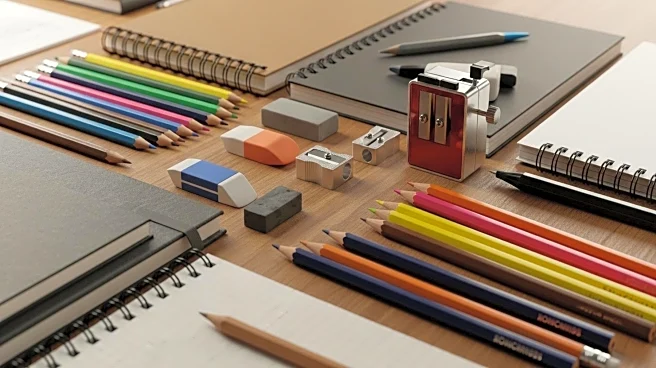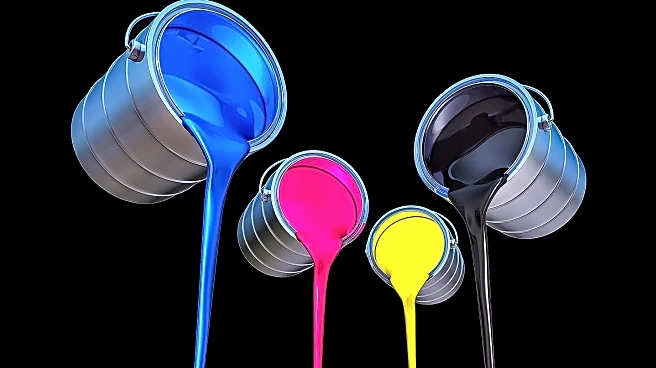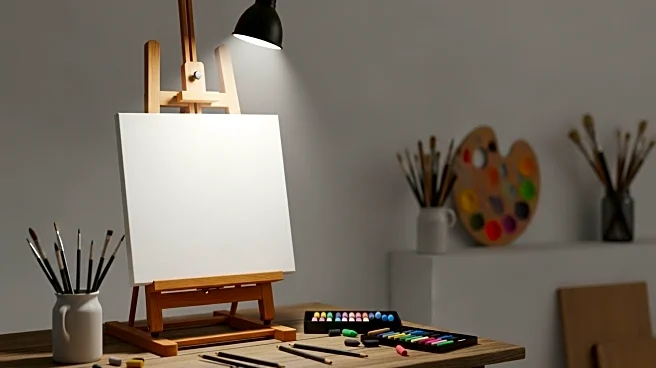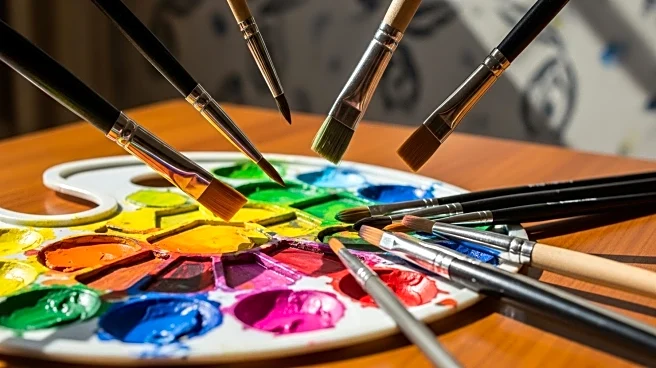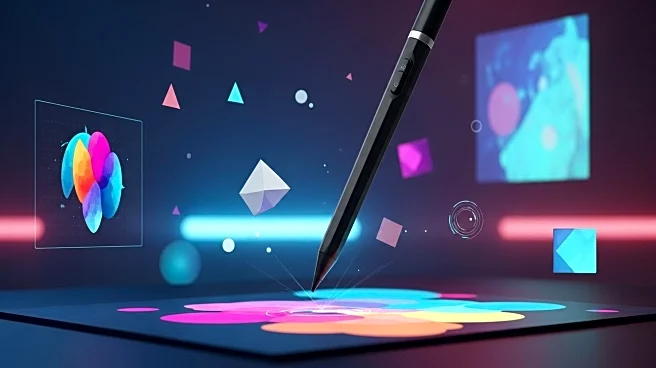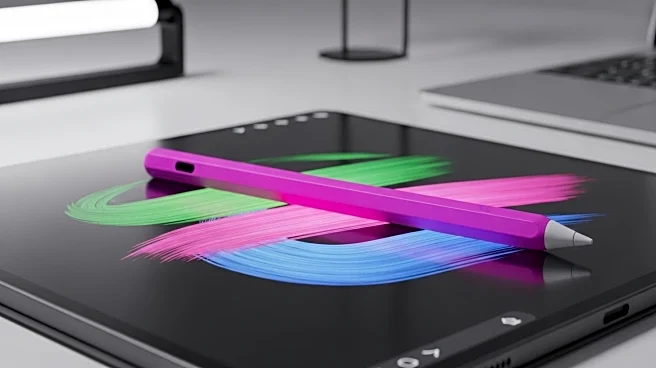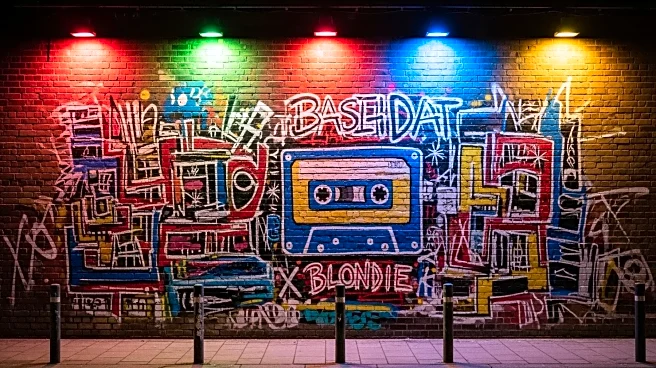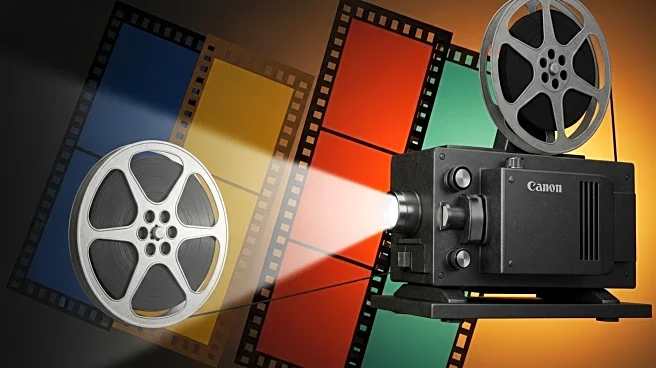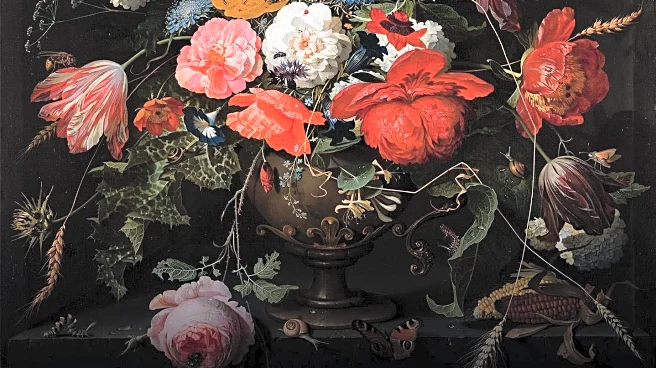Drawing is a visual art form that involves creating images by making marks on surfaces, typically using tools such as pencils, pens, or digital devices. It is one of the oldest forms of human expression, with evidence of its
existence preceding written communication. Drawing has been used as a specialized form of communication, demonstrated by cave and rock paintings from around 30,000 years ago.
Core Facts
Drawing is a
foundational practice in the arts, often regarded as the basis for artistic expression and creativity. It involves using various media, including dry materials like graphite and charcoal, as well as fluid solvents like ink. The widespread availability of paper in the 14th century significantly increased the use of drawing in artistic practices.
Notable Details
Drawing media can be dry or fluid, with common materials including
graphite, charcoal, pastels, and ink. Watercolor pencils can be used dry and then moistened to achieve painterly effects. Metalpoint drawing typically employs silver or lead, showcasing the diverse range of techniques and materials available to artists.
Comparisons and Contrasts
Drawing differs from other art forms in its immediacy and versatility, allowing artists to quickly capture ideas and emotions. Unlike painting, which often requires
more preparation and materials, drawing can be done with minimal tools and surfaces, making it accessible to a wide range of practitioners.
Key Data Points
Drawing has been a prominent form of artistic
expression throughout history, with its use increasing significantly after the introduction of paper. It remains a critical skill in various fields, including art, design, and engineering, demonstrating its enduring importance in both creative and technical disciplines.
